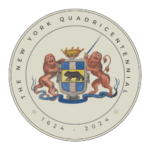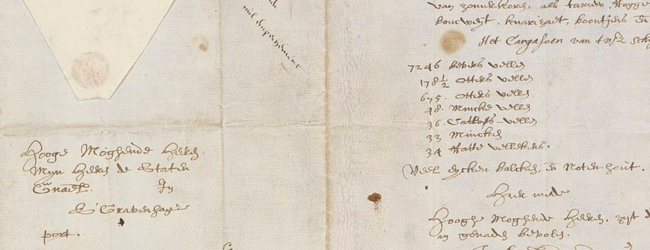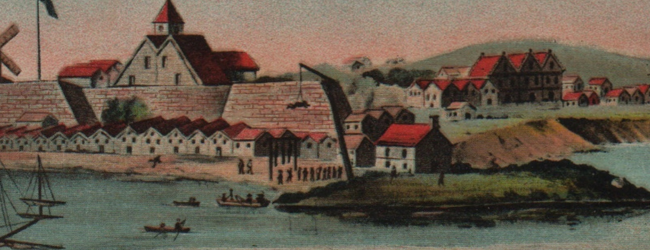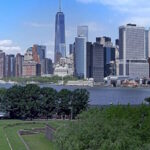September 14, 2024
The Settlement of Nutten Island (Noten Eylandt)
A Family & Friends Picnic to Commemorate the First Dutch Settlement in North America
Join us on Saturday, September 14, 2024
for a family and friends picnic on Governors Island. This historic location is where the Dutch West India Company first landed with 30 predominantly French Huguenot families who made the island their temporary home for several months before moving on to establish settlements in Manhattan, Albany, Connecticut, and Delaware. Originally known as Nutten Island, Governors Island is situated 800 yards off the southern tip of Manhattan.
Our events are designed to both commemorate and educate about the events that occurred 400 years ago. In addition to a fun-filled picnic featuring games and activities, there will be entertaining and educational presentations by historians and experts who specialize in Early New Amsterdam history.
All are welcome! Sign up here to get on the list for more information.
Raindate: September 24, 2024
History of Nutten Island
The Dutch West India Company was a corporation that established trading settlements in North American regions claimed for Holland in 1609 by the English explorer Henry Hudson, who sailed for the Dutch. Their first ship, Nieu Nederlandt (New Netherland), set sail in 1624 with 30 families, most of whom were Flemish Walloons (French Huguenots), to establish settlements in the new world. The settlers were dispersed in four different locations; Burlington Island on the Delaware River, to the mouth of the Connecticut River, and to Fort Orange (Albany), where a Dutch fur trading post had previously been established in 1615.
Those who remained on Nutten Island relocated to Manhattan Island several months later. The captain of the New Netherland, Cornelis Jacobsz May, became the first Director of New Netherland.
Learn more about the journey of the ship, The New Netherland in the Encyclopedia of Early New York at the New Amsterdam History Center.
About the Flemish Walloons or Huguenots, the first families
The Flemish Walloons were Protestants who followed the teachings of John Calvin. Persecuted for not renouncing their faith to join the Catholic Church. The Flemish Walloons who had been living in Holland at the time, petitioned the Dutch West India Company to send them to New Netherland so they, like the English Puritans who settled in Plymouth Colony in Massachusetts a few years prior in 1620, could practice their religion in peace. In turn, they were to help establish a trading colony for the Dutch West India Company.
Learn more about them at the Huguenot Society of America.
References:
The New Netherland Institute on Cornelius Jacobsen Mey
The Dutch West India Company and Colonization
Ship Journey: 1624 from the New Amsterdam History Center





